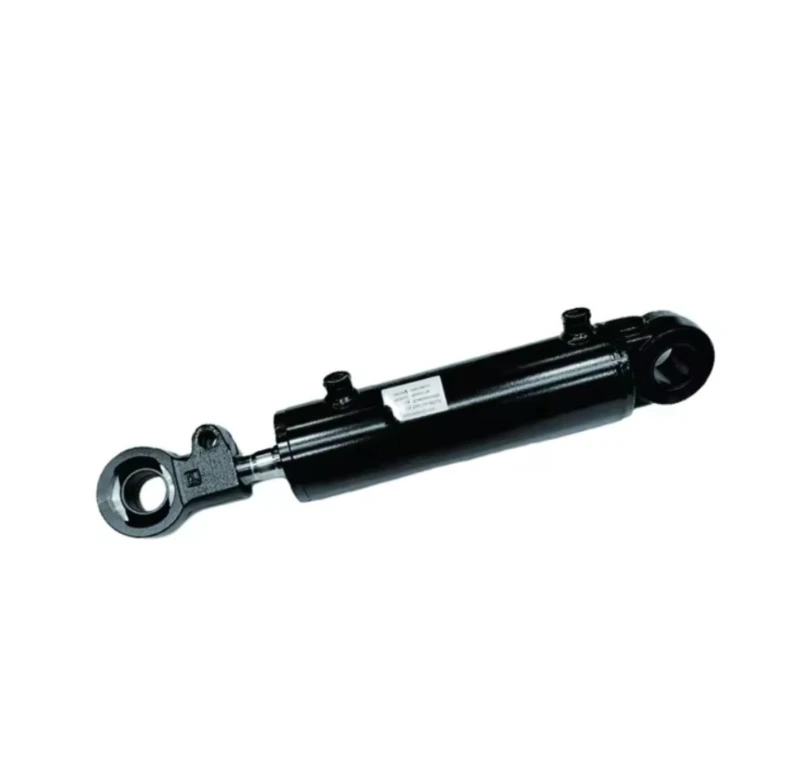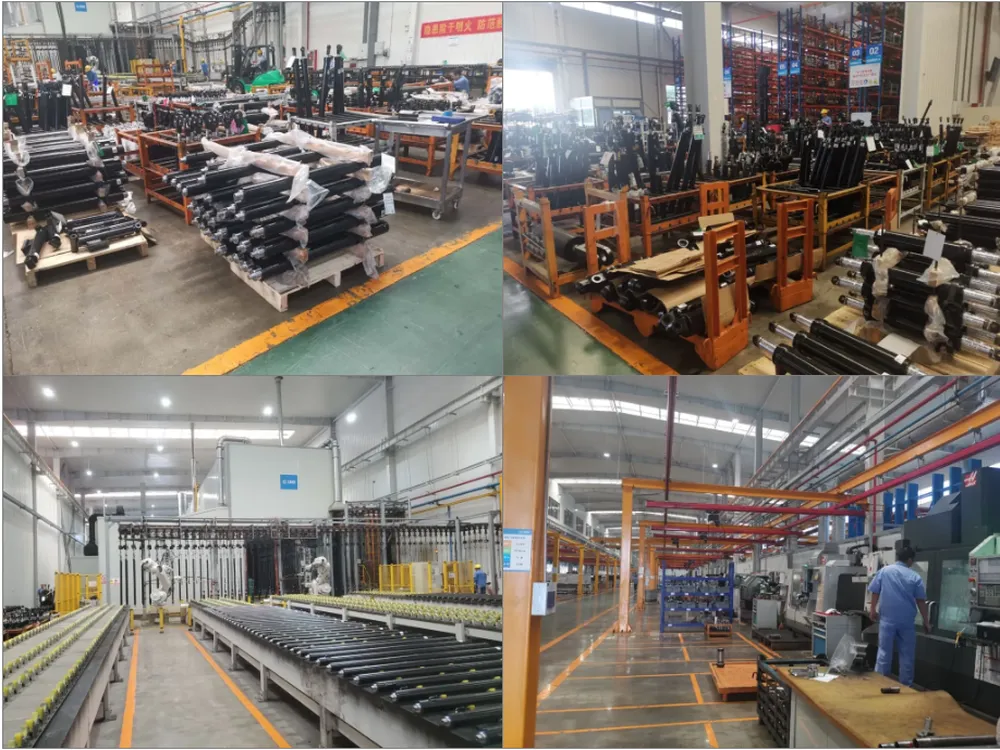Tilt Cylinder Safety Standards
Introduction
The tilt cylinder is a crucial component in various applications that require precise control of hydraulic systems. It plays a vital role in ensuring the safety and efficiency of equipment operations. In this blog post, we will explore the safety standards associated with tilt cylinders and their significance in different industries.
1. Understanding Tilt Cylinder Safety
When it comes to tilt cylinder safety, adhering to industry standards and guidelines is of utmost importance. These safety measures aim to prevent potential hazards and minimize the risk of accidents. Some key aspects of tilt cylinder safety include:
1.1 Pressure Relief Valve Installation
To prevent excessive pressure buildup in the hydraulic system, it is essential to install a pressure relief valve. This valve acts as a safety mechanism by diverting excess pressure to prevent damage to the tilt cylinder and related components.
1.2 Regular Inspection and Maintenance
Regular inspection and maintenance of tilt cylinders are necessary to identify any signs of wear, leaks, or other potential issues. This proactive approach ensures the proper functioning of the tilt cylinder and helps prevent unexpected failures that could lead to accidents.
1.3 Proper Lubrication
Applying the appropriate lubrication to the tilt cylinder components is crucial for maintaining smooth operation and minimizing wear. This step also helps reduce friction and heat generation, which can contribute to component failure.
1.4 Load Capacity Considerations
Understanding the load capacity of the tilt cylinder is essential for safe and efficient operation. Exceeding the recommended load capacity can put excessive strain on the cylinder, potentially leading to failure and accidents. It is crucial to follow manufacturer guidelines and ensure the tilt cylinder is suitable for the intended application.
2. Working Principle of Tilt Cylinders
Tilt cylinders are hydraulic devices that convert hydraulic power into mechanical motion, allowing controlled tilting of equipment, such as excavators, forklifts, and agricultural machinery. The working principle involves the following steps:
2.1 Hydraulic Fluid Flow
When hydraulic fluid is directed into the tilt cylinder, it creates pressure, causing the piston to extend or retract. This movement is based on the direction of the fluid flow, controlled by the operator or automated system.
2.2 Piston Movement
As the hydraulic pressure increases, the piston within the tilt cylinder moves, transmitting force to the connected equipment. This movement enables the controlled tilting of the equipment, providing the desired functionality.
2.3 Control Mechanisms
The operator or automated system controls the flow of hydraulic fluid to the tilt cylinder, allowing precise adjustment and control of the equipment's tilt angle. This control mechanism ensures smooth and accurate operation while maintaining safety standards.
3. Choosing the Right Tilt Cylinder for Your Application
Selecting the appropriate tilt cylinder for a specific application is crucial for optimal performance and safety. Consider the following factors when choosing a tilt cylinder:
3.1 Load Requirements
Assess the weight and load capacity requirements of your equipment to determine the appropriate tilt cylinder size and strength. Choosing a cylinder with the correct load capacity ensures safe and efficient operation.
3.2 Environmental Conditions
Consider the environmental factors in which the tilt cylinder will operate. Factors such as temperature extremes, exposure to chemicals or corrosive materials, and potential impacts should be taken into account to select a cylinder with suitable material and protective coatings.
3.3 Mounting and Space Constraints
Ensure that the chosen tilt cylinder can be properly mounted and fits within the available space without interfering with other components. Consider the mounting options and available space when making your selection.
3.4 Operating Speed
Evaluate the required speed of the tilt cylinder for your application. Different tilt cylinders have varying speed capabilities, and selecting one that matches your operational needs will help achieve optimal performance and safety.
3.5 Budget and Long-Term Value
Consider your budget and the long-term value of the tilt cylinder. While cost is a factor, it's important to prioritize quality and reliability to avoid costly repairs and potential safety risks associated with subpar equipment.

4. Tilt Cylinder Installation
Proper installation of the tilt cylinder is crucial for its safe and efficient operation. Follow these steps for a successful installation:
4.1 Mounting Preparation
Ensure that the mounting surface is clean, flat, and free from any debris that could interfere with the cylinder's alignment or movement. Use appropriate mounting hardware and make sure it is securely fastened.
4.2 Alignment and Positioning
Align the tilt cylinder with the mounting brackets or attachment points on the equipment. Ensure that it is positioned correctly to allow smooth operation without any interference or misalignment.
4.3 Connection and Sealing
Connect the tilt cylinder to the hydraulic system, ensuring proper sealing to prevent leaks. Follow manufacturer guidelines for the correct installation of hydraulic hoses, fittings, and seals.
4.4 Testing and Adjustment
Once the tilt cylinder is installed, perform thorough testing and adjustment to ensure its proper functionality. Check for any leaks, abnormal sounds, or irregular movements and make necessary adjustments or repairs before putting the equipment into operation.

Conclusion
In conclusion, tilt cylinders are essential components for various applications requiring controlled tilting of equipment. By adhering to the safety standards, understanding the working principle, and selecting the right tilt cylinder, operators can ensure safe and efficient operation. Our company, with over 15 years of experience in hydraulic cylinder development, manufacturing, and sales, provides high-quality tilt cylinders that meet industry standards. We serve clients worldwide and have gained a reputation for our exceptional production capabilities and commitment to customer satisfaction. Contact us today to learn more about our tilt cylinders and other hydraulic solutions.

Edited by Czh.